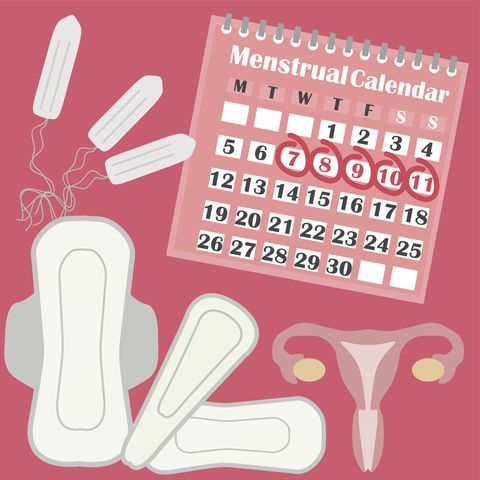Fertility Awareness and Family Planning
Fertility awareness is a method that allows individuals and couples to track their fertility and make informed decisions regarding family planning. This approach involves understanding the menstrual cycle and recognizing the different signs and symptoms of fertility. By utilizing fertility awareness, individuals and couples can either achieve or avoid pregnancy, depending on their goals.
The Menstrual Cycle
The menstrual cycle is a natural process that occurs in women’s bodies with the aim of fertility. It typically lasts for 28 days but can vary from person to person. The cycle consists of different phases, including menstruation, follicular phase, ovulation, and the luteal phase.
Menstruation: This phase marks the beginning of the cycle and involves the shedding of the uterine lining. It usually lasts for about 5 to 7 days.
Follicular Phase: Following menstruation, the follicular phase begins. During this phase, the pituitary gland releases follicle-stimulating hormone (FSH), stimulating the development of follicles in the ovaries. One of these follicles matures and releases an egg.
Ovulation: Ovulation occurs when the mature egg is released from the ovary into the fallopian tube. This usually happens around the 14th day of a 28-day cycle. Ovulation is the most fertile time for women, and an egg can be fertilized for up to 24 hours after its release.
Luteal Phase: After ovulation, the luteal phase begins. During this phase, the ruptured follicle in the ovary develops into a structure called the corpus luteum, which produces progesterone. If fertilization does not occur, the corpus luteum disintegrates, causing the progesterone levels to drop, leading to menstruation and the start of a new cycle.
Fertility Awareness Methods
There are various methods individuals and couples can use to track fertility and plan accordingly:
Basal Body Temperature (BBT) Tracking
BBT tracking involves measuring the body’s resting temperature every morning before any physical activity. During ovulation, the release of progesterone causes a slight increase in body temperature. By consistently tracking the BBT, individuals can identify the slight temperature rise and predict future ovulation.
Cervical Mucus Observation
Cervical mucus observation involves monitoring changes in cervical mucus consistency and appearance throughout the menstrual cycle. As ovulation approaches, the mucus becomes clearer, stretchier, and more slippery to facilitate sperm survival and ease fertilization. By observing changes in cervical mucus, individuals can identify fertile and non-fertile days.
Calendar Method
The calendar method involves tracking menstrual cycles over several months to understand the average length and predict future ovulation. It requires keeping a record of the first day of each menstrual cycle and calculating the fertile window based on previous patterns.
Symptothermal Method
The symptothermal method combines several fertility awareness methods, including BBT tracking, cervical mucus observation, and calendar tracking. By analyzing multiple signs of fertility simultaneously, this approach provides a more comprehensive understanding of one’s menstrual cycle and fertile days.
Benefits of Fertility Awareness
Fertility awareness and family planning offer several benefits, including:
Natural and Non-Invasive
Fertility awareness methods do not involve the use of hormonal contraceptives or invasive procedures. They rely on understanding the body’s natural signs and symptoms, making them a non-intrusive option for family planning.
Increased Awareness of One’s Body
Tracking fertility through awareness methods allows individuals to better understand their menstrual cycles and hormonal patterns. This knowledge can lead to a deeper connection and appreciation of one’s body.
Effective Family Planning
When used correctly and consistently, fertility awareness methods can be as effective as other forms of contraception. Couples can achieve or prevent pregnancy according to their desires and plans at any given time.
No Side Effects
Unlike hormonal contraceptive methods, fertility awareness does not have any associated side effects. It is a natural approach that does not interfere with the body’s normal functioning.
Conclusion
Fertility awareness and family planning provide individuals and couples the opportunity to take charge of their reproductive health and make informed decisions regarding pregnancy. By understanding the menstrual cycle and tracking fertility signs, individuals can confidently plan for the future without relying on hormonal contraceptives or invasive procedures. Fertility awareness offers a natural, non-invasive, and effective approach to family planning.


